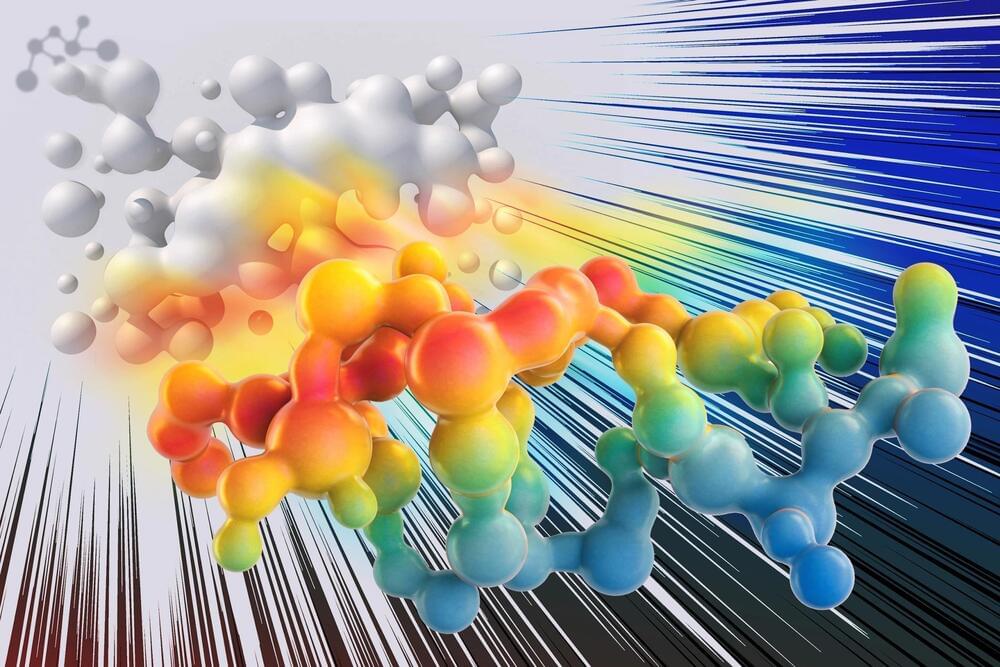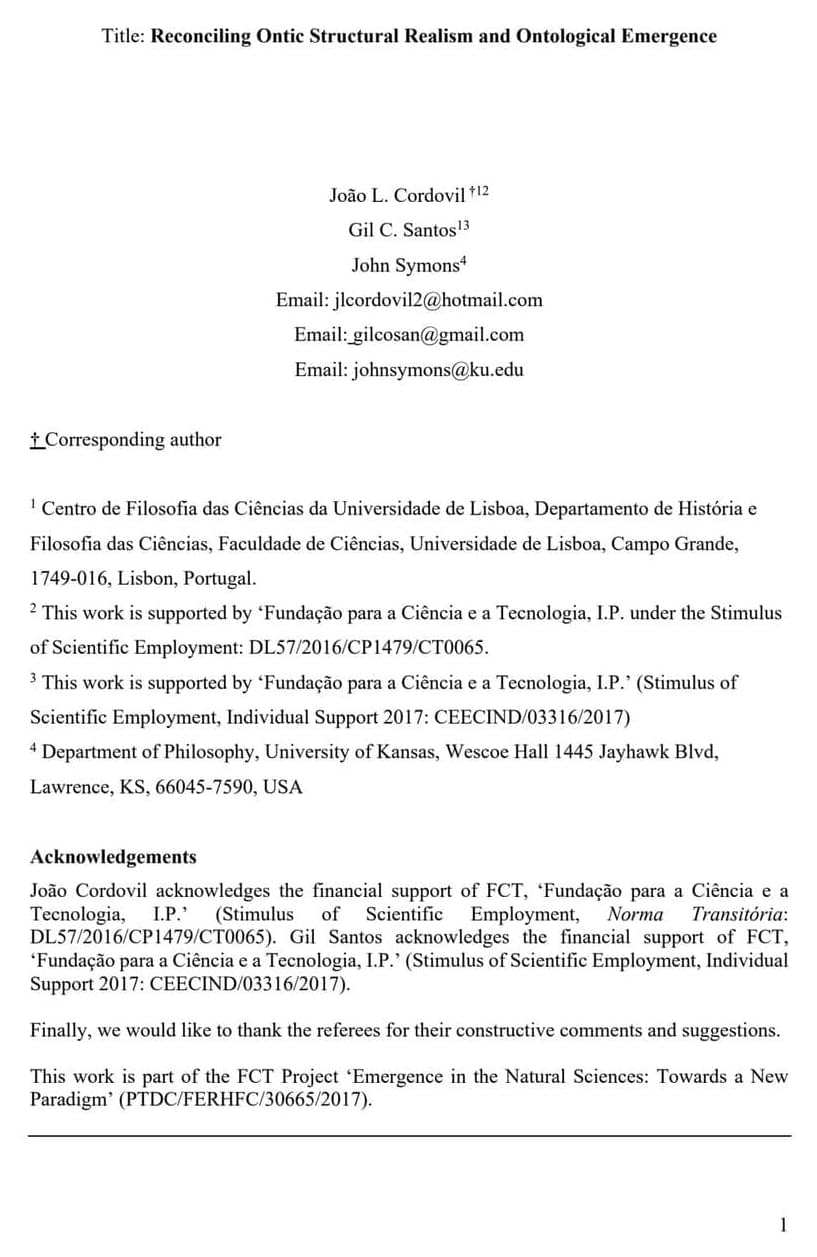A new type of memory has been demonstrated running at an astounding 600C for over 60 hours. Non-volatile ferroelectric diode (ferrodiode) memory devices can offer outstanding heat resistance and other properties that should enable cutting-edge data and extreme environment computing, claim researchers from the University of Pennsylvania in a Nature Electronics article, A scalable ferroelectronic non-volatile memory operating at 600°C.
Ferrodiode memory devices use a 45-nanometer thin layer of a synthesized AIScN (l0.68Sc0.32N) because of its ability to retain electrical states “after an external electric field is removed,” among “other desirable properties.” Ferrodiode memory has been tested running at 600 degrees Celsius for more than 60 hours while operating at less than 15 volts.






